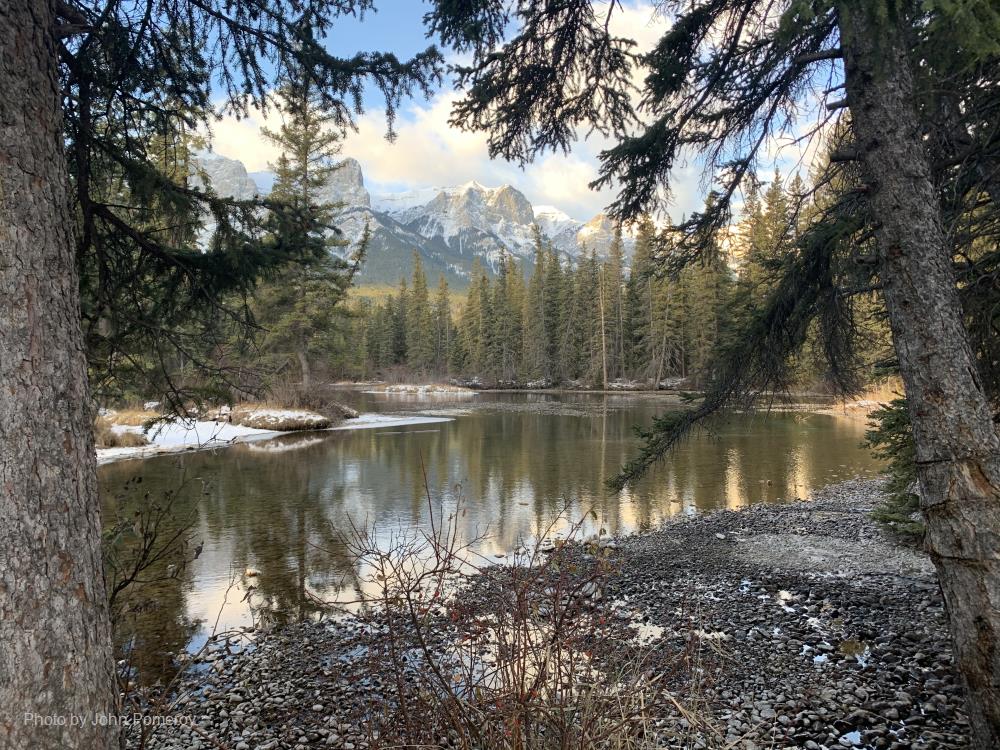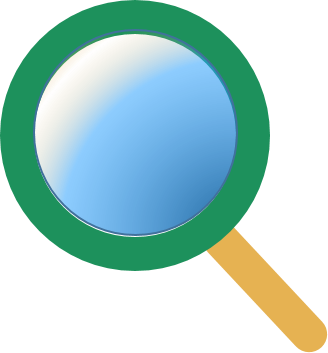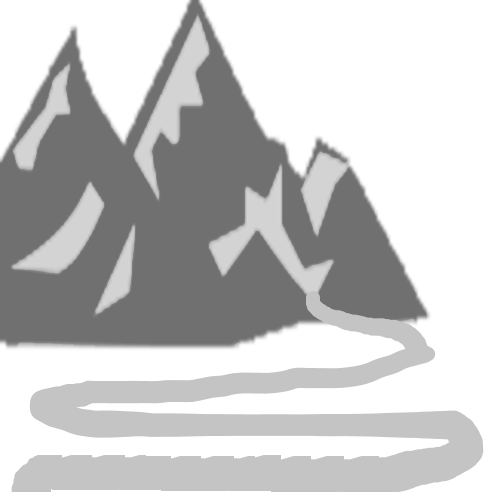
Related items loading ...
Section 1: Publication
Publication Type
Thesis
Authorship
Jitnikovitch, A.
Title
Cosmic ray sensors for the continuous measurement of Arctic snow accumulation and melt
Year
2018
Publication Outlet
Wilfrid Laurier University
DOI
ISBN
ISSN
Citation
Jitnikovitch. 2018. Cosmic ray sensors for the continuous measurement of Arctic snow accumulation and melt. Wilfrid Laurier University. Thesis
Abstract
In the Arctic, winter persists for much of the year, resulting in a hydrological system that is primarily regulated by snow and snowmelt runoff, and has important implications on vegetation, animals, and on the thermal regime of the active layer and permafrost. Snow water equivalent (SWE) measurements such as remote sensing techniques provide coarse resolution data, while snow surveys and snow-pits are labour intensive, have limited spatial coverage and do not provide a continuous reading. Over the last few decades, cosmic ray sensors (CRS) have been proposed as a way to provide much improved snow data, but few studies have tested and used ground-based CRSs, and seldom in the Arctic. In this study we have used a ground-based CRS developed by Hydroinnova. This ground-based CRS can be installed in remote locations, deliver a continuous reading which can be monitored in real-time, and provide a point measurement with no practical limit to maximum SWE. In addition, individual ground-based CRSs can be installed along a transect to provide spatial details on snow accumulation and melt. The ground-based CRS was assessed at a high depth, high-SWE shrub patch environment in the western Canadian Arctic from October 2016 to June 2018 and a low depth, low-SWE rural landscape in Elora, Ontario from February 2017 to March 2018. Results indicate that the ground-based CRS at the high-SWE shrub patch and low-SWE rural site display Pearson correlation coefficients ranging between -0.89 to -0.98 and R2 values ranging from 0.79 to 0.96 when comparing the moderated neutron intensity to manual SWE measurements from snow surveys. This research has the potential to enrich nivologic measurements and snow modeling by providing a continuous time series possessing information on the dynamics of ongoing meteorological events (snow accumulation, snowmelt and the impact of vegetation). Ground-based CRS sensors have the potential to provide SWE measurements for operational use such as hydrological forecasting, water resource management, and flood and forest fire risk assessment. Over the long term, such measurements can also provide important data for assessing changes related to climate change.
Plain Language Summary
Section 2: Additional Information
Program Affiliations
Project Affiliations
Submitters
Publication Stage
N/A
Theme
Presentation Format
Additional Information
Masters, Wilfrid Laurier University, Northern Water Futures


 GWFNet
GWFNet Master
Master Data
Data Research
Research Map
Map
 Advanced
Advanced Tools
Tools
 . . .
. . .
 Metadata Editor
Metadata Editor
 Record List
Record List
 Alias List Editor
Alias List Editor
 Legacy sites
Legacy sites